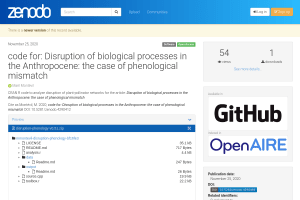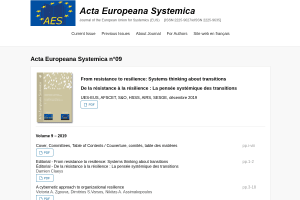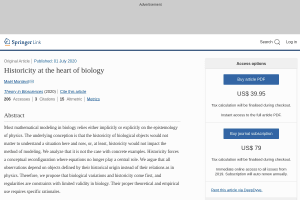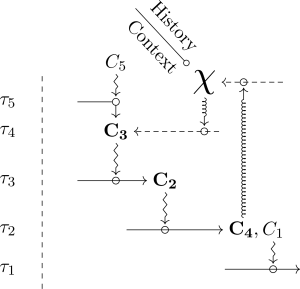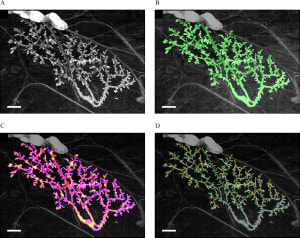
On transition : In response to antonio guterres
After precursors such as Georgescu-Roegen, we maintain that political economy in the Anthropocene is a challenge that requires a fundamental reconsideration of epistemology.
Abstract
The industrial economy took shape between the late eighteenth century and the nineteenth century, initially in Western Europe and then in North America. Besides technical production, it involves technological production – the integration of sciences in order to produce indus-trial goods –, to the strict extent that, as Marx showed, capitalism makes knowledge and its economic valorization its primary element.
Newton’s physics and the metaphysics that goes with it originated the epistemic (in Michel Foucault’s sense) and epistemological (in Gaston Bachelard’s sense) framework of this great transformation. In this transformation, otium (productive leisure time) submits to negotium (worldly affairs, business). All along, mathematics has been applied with ever more powerful and performative calculating machines.
After precursors such as Nicholas Georgescu-Roegen, himself inspired by Alfred Lotka, we maintain that political economy in what is now called the Anthropocene (whose features were delineated by Vladimir Vernadsky in 1926) is a challenge that requires a fundamental reconsideration of these epistemic frameworks and epistemological frameworks. With Dar-win, living beings became part of a historical process of becoming. In humans, knowledge is a performative part of this process that shapes and reshapes lifestyles in order to tame the im-pact of technical novelties.
